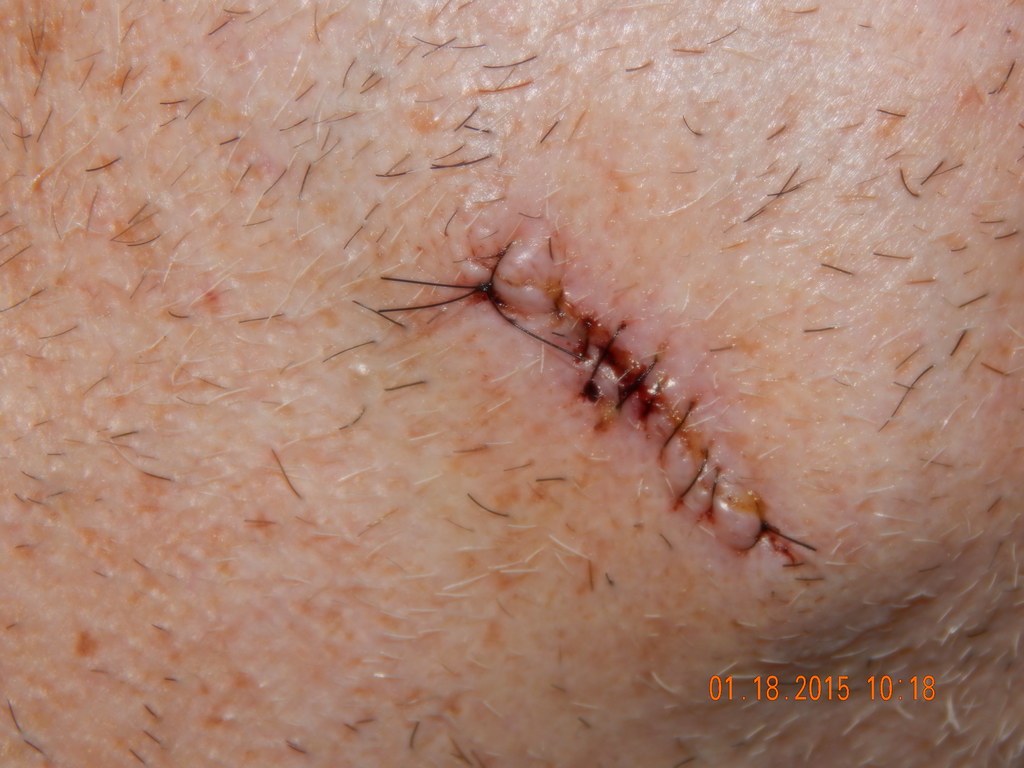Skin cancer treatment varies depending on location, severity, and type. In cases where precision is needed to remove cancer while preserving healthy tissue, Mohs surgery may be recommended. This technique is often used for certain basal cell and squamous cell carcinomas and involves removing thin layers of skin and examining them under a microscope during the procedure. The goal is to be sure all cancerous cells are removed while minimizing damage to surrounding skin. Understanding when this approach is appropriate can help patients take the next step in care.
The Cancer Returns After Initial Removal
One common reason a dermatologist may recommend Mohs surgery is the recurrence of a previously treated skin cancer. If cancer returns in the same spot after a previous excision, this may indicate that cancerous cells were left behind. Mohs surgery allows for complete margin evaluation, which increases the likelihood of removing all affected tissue. This level of thoroughness lowers the risk of future recurrences and may help avoid more aggressive treatment later. A history of recurrence often prompts a shift in surgical approach.
The Tumor Appears in a Sensitive or Visible Area
Mohs surgery is often chosen for cancers that appear on areas like the face, ears, hands, or genital region. These areas involve delicate tissue and are closely tied to a person’s appearance or function. The procedure is tissue-sparing, which allows for careful removal of cancer with maximum preservation of healthy skin. When tumors develop in cosmetically or functionally significant locations, precision becomes especially key. Patients benefit from both a higher cure rate and less noticeable scarring in these cases.
Skin cancers that exhibit irregular shapes, uneven borders, or rapid growth may require closer monitoring. If a dermatologist identifies features associated with more aggressive behavior, they may refer the patient for Mohs surgery. This ensures that any spreading cells are identified during the operation itself, reducing the chance of incomplete removal. The real-time lab analysis built into this process gives the surgical team the ability to make immediate decisions during treatment. Early identification and response to aggressive patterns can prevent further spread.
Prior Radiation or Scar Tissue in the Area
When skin cancer occurs in an area previously treated with radiation or near thick scar tissue, traditional surgery may be more challenging. Mohs surgery offers a more controlled way to remove cancer in these complex regions. The layered technique allows for careful navigation through altered or damaged skin, increasing precision and improving results. Patients with a history of trauma, surgery, or radiation in the affected area are often evaluated for this approach to minimize risk and maximize accuracy.
Speak to Your Doctor About Mohs Surgery
Certain types of skin cancer—especially those classified as high-risk—are more likely to recur or spread. These include tumors with aggressive histology, large or deep lesions, or cancers in patients with compromised immune systems. In these cases, surgery may offer a better long-term outcome due to its thorough nature. The ability to evaluate all margins during the procedure makes it especially effective for challenging cases. A diagnosis involving high-risk features often leads to referral for this form of treatment.

